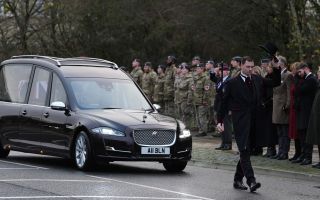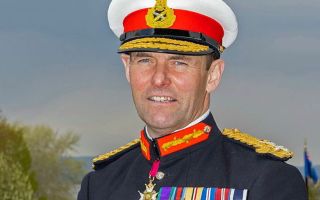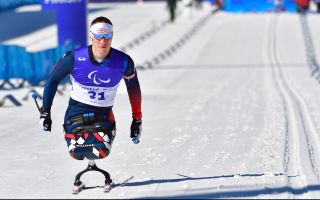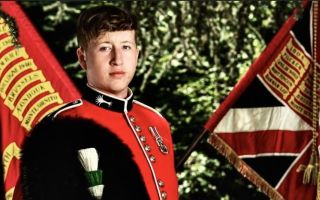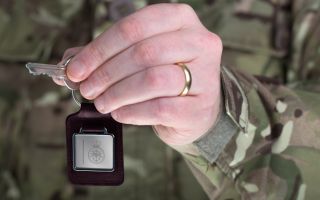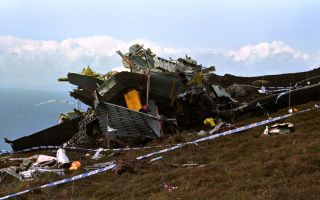Royal Signals unit prepares for historic debut carrying out ceremonial duties
For the first time in their history, 222 Signal Squadron are stepping away from their usual Nato communications role to take up ceremonial duties of guarding the Royal palaces in London.
It will see them swap the countryside for the capital and take on their most prestigious role yet, and one even they didn't see coming.
One of those who will be protecting the King is Major Rebecca Parkinson, Officer Commanding, 222 Signal Squadron.
She said it was not something she had seen "come round for the Royal Signals before so, as a corps and as a regiment, we're really honoured to do it".
"For me, it's an absolute honour, particularly to take my entire sub-unit down with me, it's one of those things I definitely never thought I'd get to do in sub-unit command," she said.
It's the first time 222 Signal Squadron have been tasked to perform ceremonial public duties in London and the first time in nearly 30 years that a Royal Signals Squadron has taken a leading role in fulfilling the public duties of royal commitment.
By trade, they provide the eyes and ears to Nato's Allied Rapid Reaction Corps, supplying key communication out in the field.
This sees them often hidden away, definitely not on a parade square and not public facing.
But that's all changing, with rehearsals seeing personnel perfect months of drill practice to get them fit for their new role.
Staff Sergeant Steven Durham, Drill Instructor, 222 Signal Squadron, said preparations started two months ago.
"It was very slow to start with," he said. "Drill is not part of our day-to-day business, although we learn all the movements in basic training, it's been a long time since we have done any decent amount of drill.
"Once we'd remind and revised some of the movements, we then brought them together and we started doing some of the company work."
He said this includes the mounting they will do at Wellington Barracks and "then the actual Changing of the Guard that we do on Buckingham Palace forecourt".
"So lots of work on the parade square, lots of repetition, lots of early mornings, lots of cold mornings and they've been brilliant with it," he said.
"They've [taken] it on board, they've adapted really quickly and progress has been made really quickly."
The soldiers will split their time between Buckingham Palace, the Tower of London and St James' Palace, while the Gurkhas move to guard Windsor Castle.
But these soldiers wouldn’t have done any drill practice since they joined the Army and were in basic training.
Signaller Jack Speight, Cyber Engineer, 222 Signal Squadron, said there are some nerves alongside the prep.
"It's a little nerve-wracking, because… it's massively different to what we've done," he said.
"But I feel confident, there's a good training team trying to instill good drill within us.
"We're getting to a point now where we're almost there."
Not only do they need to get their drills to perfection, but they're also going to have to get used to the public.
Now, in the final stretch before their big move to London, they will continue rehearsals until their Fit For Role inspection at Wellington Barracks.

